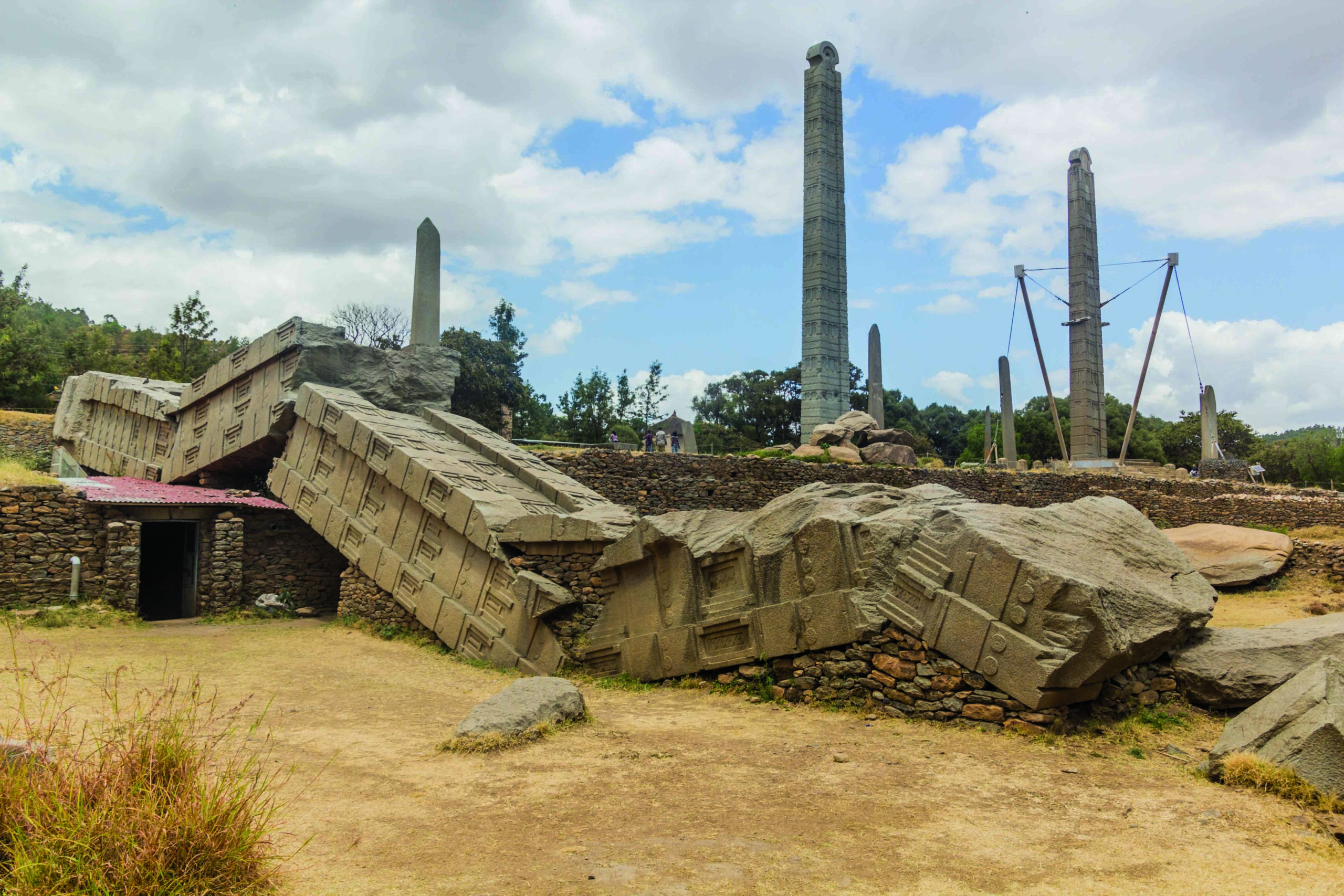TEL AVIV, ISRAEL—According to a statement released by Tel Aviv University, researchers Miki Ben-Dor and Ran Barkai and their colleagues analyzed artifacts and animal bones from nine prehistoric sites in South Africa, East Africa, Spain, and France, and found a correlation between the emergence of sharp stone tips in the archaeological record and a progressive decline in the size of prey animals. The researchers suggest that early hunters would have been able to drive large animals into swamps or hidden pits and then wound them with wooden spears. But elephants disappeared from the region about 300,000 years ago, and smaller animals, such as deer, would have been harder to trap or wound with the same technology. A more substantial wound from a stone-tipped spear, however, would slow a deer more quickly and increase a hunter’s chances of retrieving it. “We found that in all cases, at all sites, stone tips made with the Levallois technology appeared simultaneously with a relative decrease in the quantity of bones of large prey,” Ben-Dor said. “With the huge elephants gone, humans had to find ways for obtaining the same amount of calories from a larger number of smaller animals,” Barkai added. Thus, the researchers suggest that the size of available prey animals helped to drive the evolution of human technologies, eventually including the practice of agriculture. Read the original scholarly article about this research in Quaternary. For more, go to "Weapons of the Ancient World: Hunting Equipment."
Did the Size of Prey Drive Paleolithic Technology Development?
News September 11, 2023
Recommended Articles
Digs & Discoveries July/August 2019
You Say What You Eat
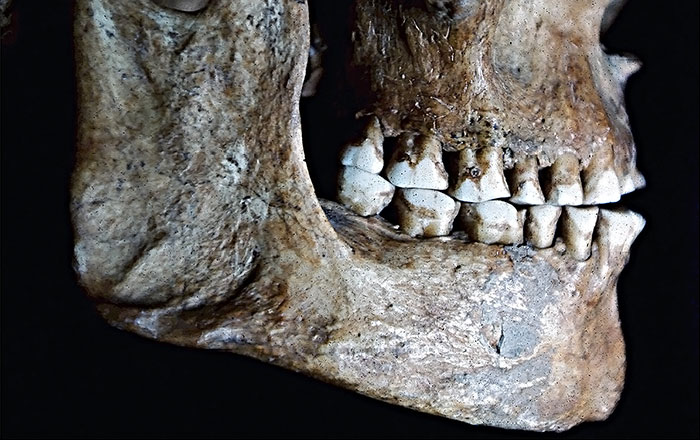
Digs & Discoveries May/June 2025
Lay of the Land


Artifacts March/April 2022
Paleolithic Beads
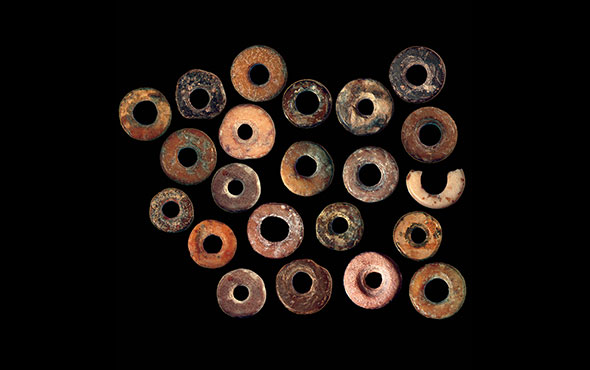
-
Features July/August 2023
An Elegant Enigma
The luxurious possessions of a seventeenth-century woman continue to intrigue researchers a decade after they were retrieved from a shipwreck
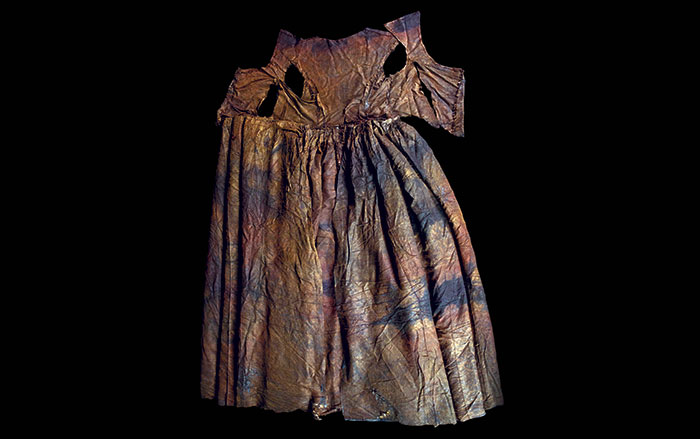 (Courtesy Museum Kaapskil)
(Courtesy Museum Kaapskil) -
Features July/August 2023
Rise of the Persian Princes
In their grand capital Persepolis, Achaemenid rulers expressed their vision of a prosperous, multicultural empire
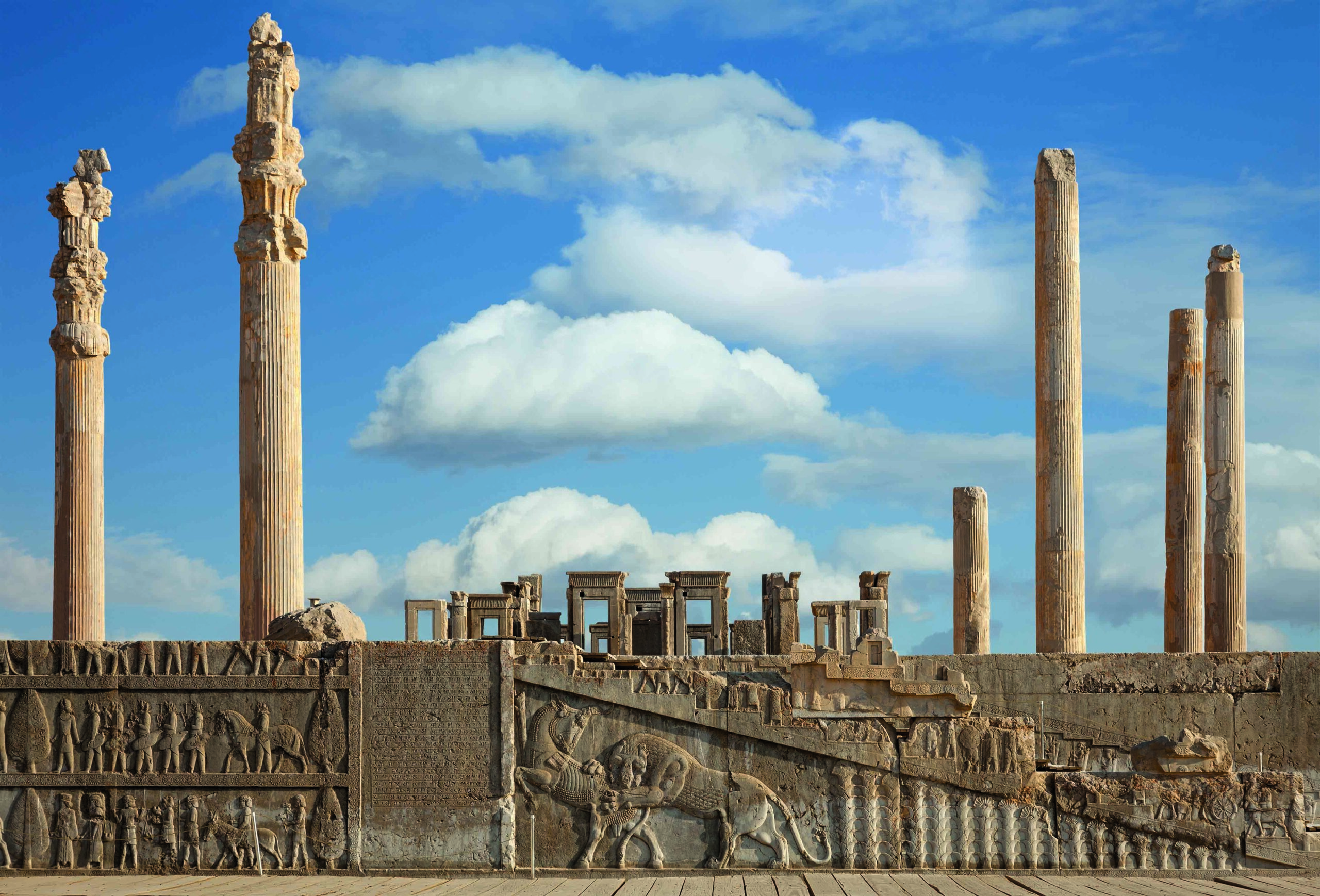 (Borna_Mir/ Adobe Stock)
(Borna_Mir/ Adobe Stock) -
Letter from Patagonia July/August 2023
Surviving a Windswept Land
For 13,000 years, hunter-gatherers thrived in some of the world’s harshest environments
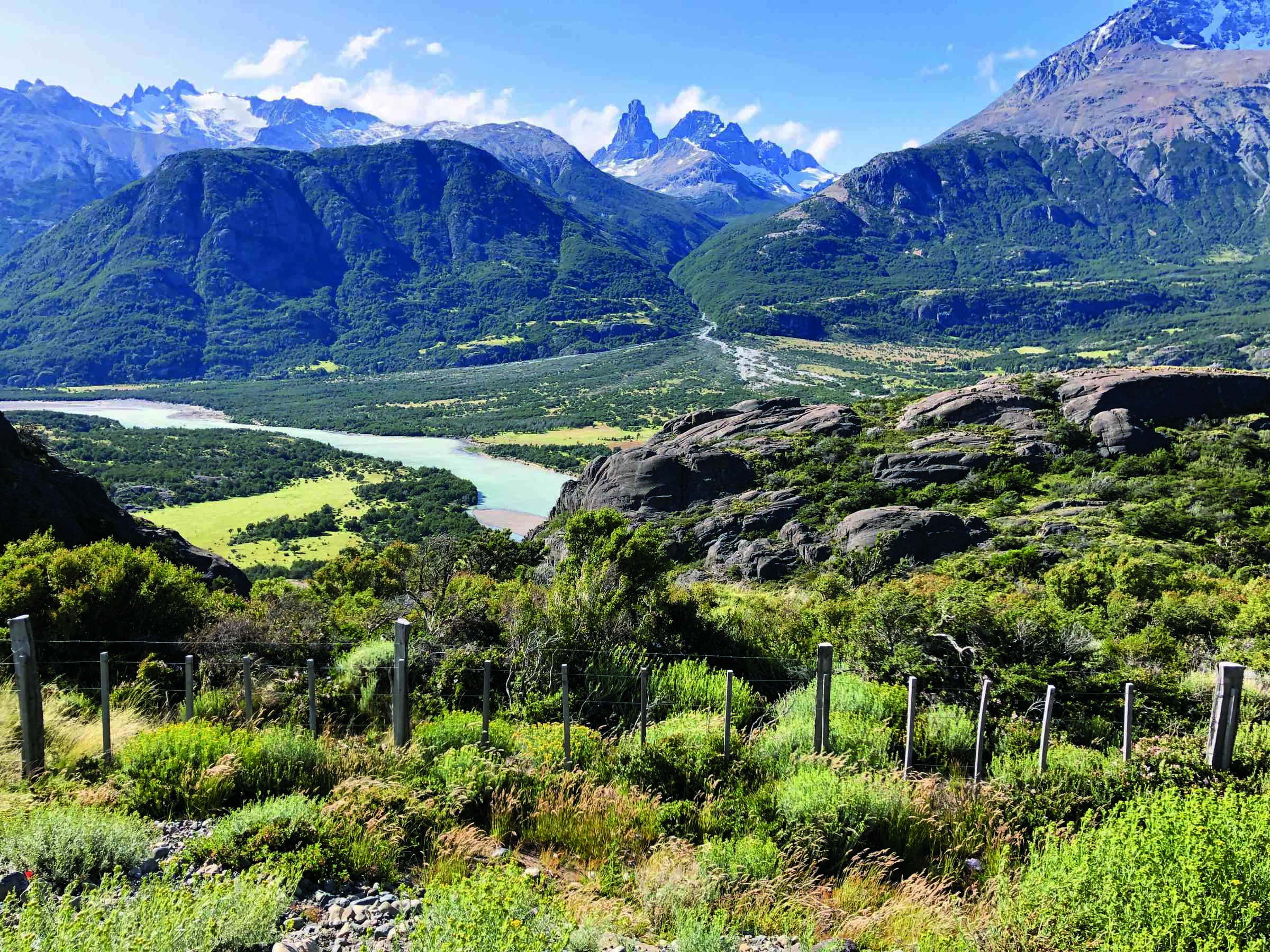 (Courtesy Raven Garvey)
(Courtesy Raven Garvey) -
Artifacts July/August 2023
Norse Gold Bracteate
 (Arnold Mikkelsen, National Museum of Denmark)
(Arnold Mikkelsen, National Museum of Denmark)


